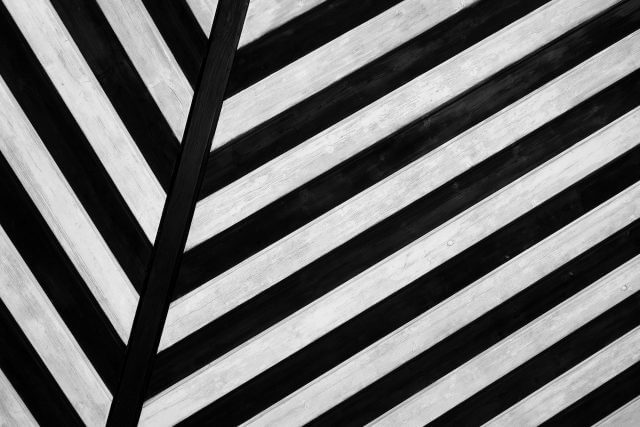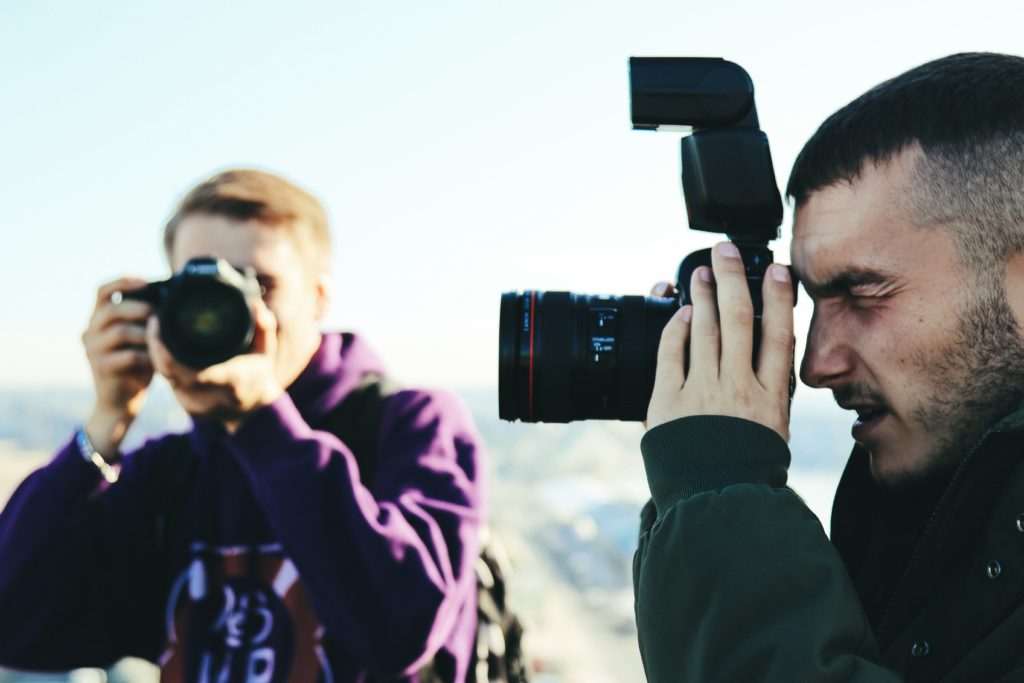Photographers are in constant pursuit of the perfect shot. Of course, “perfect” has a different meaning for everyone, but I believe the underlying idea here is that every photographer wants to — in one way or another — capture captivating images. There’s really no need to overthink any of this; just about everywhere you look, everywhere you go, beautiful photos are waiting to be made. When you’re on the hunt for something to shoot, it’s important to remind yourself of the value of simplicity.
One of the simplest yet most effective methods of crafting an alluring image is to look for patterns. Patterns can be found anywhere, from natural habitats to carefully crafted urban environments. Here are a few specific types of patterns to be on the lookout for.
Regular Patterns
Repetition can be a good thing. When you’re looking for patterns to photograph, keep an eye out for colors, shapes, lines or textures that repeat in meticulous, well defined formations. While the regularity of the arrangement alone carries plenty of visual weight, you can increase the impact of your photo by filling the frame with the subject/pattern.


Irregular Patterns
Unlike working with a regular pattern, photographing irregular patterns sometimes requires a photographer to be a bit more inventive. Just because there are no straight lines or some other rigid element present does not mean there is no pattern. Irregular patterns — quite often found in nature — may need to be coaxed out of their surroundings through the use of creative angles and framing. The comparatively loose definition of irregular patterns allows you quite a lot of artistic freedom.


Patterns, Interrupted
Patterns and uniformity and intrinsically related; we are able to easily identify patterns due, in part, to some degree of observable uniformity of elements. But patterns can also be visually effective when there’s a distinct break in uniformity. This may seem counterintuitive on first thought, but a break in a pattern can add drama to an image. If you have difficulty finding patterns featuring breaks (particularly challenging to find in nature), try creating them yourself!


Patterns Plus Patterns
Fashion experts warn against wearing things like animal prints and plaids together. It’s good advice in my opinion. But from a photography perspective, such contrasts can make for some interesting imagery. Not only do patterns not have to be regular, they also don’t have to exist within an aesthetic bubble. There’s no reason you can’t include two or more different patterns in the same shot.


Final Thoughts On Using Patterns In Photography
From architecture to landscapes (both natural and urban), macro photography to street photography, patterns are in great supply all around you. Some jump right out at you, while others relish in their subtlety, waiting for a more discerning eye to capitalize on them. It doesn’t really matter where you locate patterns or what they consist of; just know that if you want a generally easily accessible subject that makes for striking photos, be sure to put patterns high on your “things to shoot” list.




